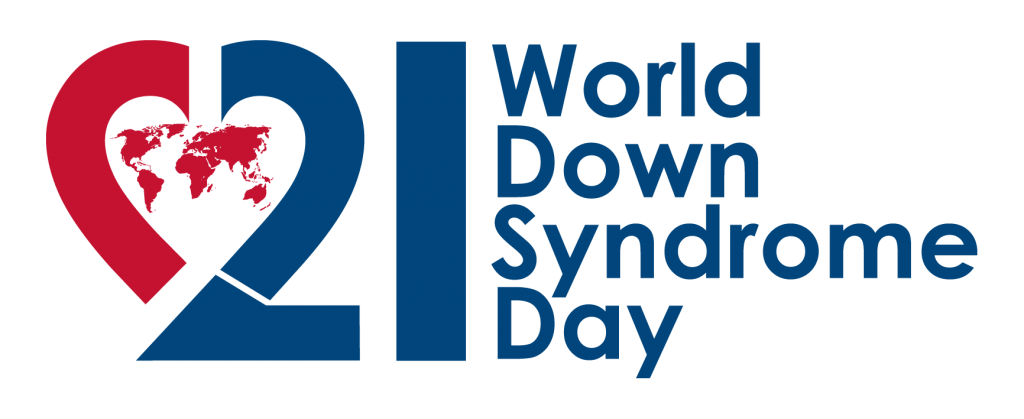
In its general principles, the United Nations Convention on the Rights of Persons with Disabilities (UN CRPD) calls for “Full and effective participation and inclusion in society”.
There are references throughout the UN CRPD to #Inclusion, for example: “Persons with disabilities can access an inclusive, quality and free primary education and secondary education on an equal basis with others.”
“States Parties recognise the right of persons with disabilities…to the opportunity to gain a living by work freely chosen or accepted in a labour market and work environment that is open, inclusive and accessible to persons with disabilities.”
In 2019, the UN Secretary General adopted the United Nations Disability Inclusion Strategy (UN DIS). This provides a path towards disability #Inclusion through all areas of the work of the United Nations: peace and security, human rights, and development.
Around the world, it is widely accepted that everyone should have the same opportunities, be able to go to the same places, take part in the same activities, and enjoy the same experiences in life.
The reality today
But the reality is that people with Down syndrome and disabilities today do not benefit from full and effective participation and #Inclusion in society.
There are many reasons for this. One reason is that there is a lack of agreed understanding of what #Inclusion is and what #Inclusive systems look like in practice.
(Source Reference: DSi – Down Syndrom International)
Poster campaign on the EDSA website
So for WDSD 2022, let’s share our collective understanding of inclusion with a poster campaign on the EDSA website. The campaign will run from march 1st up to march 21st, the World Down Syndrome Day. Every day we will show a different inclusive situation and an explanation what #Inclusion means, from across Europe.
